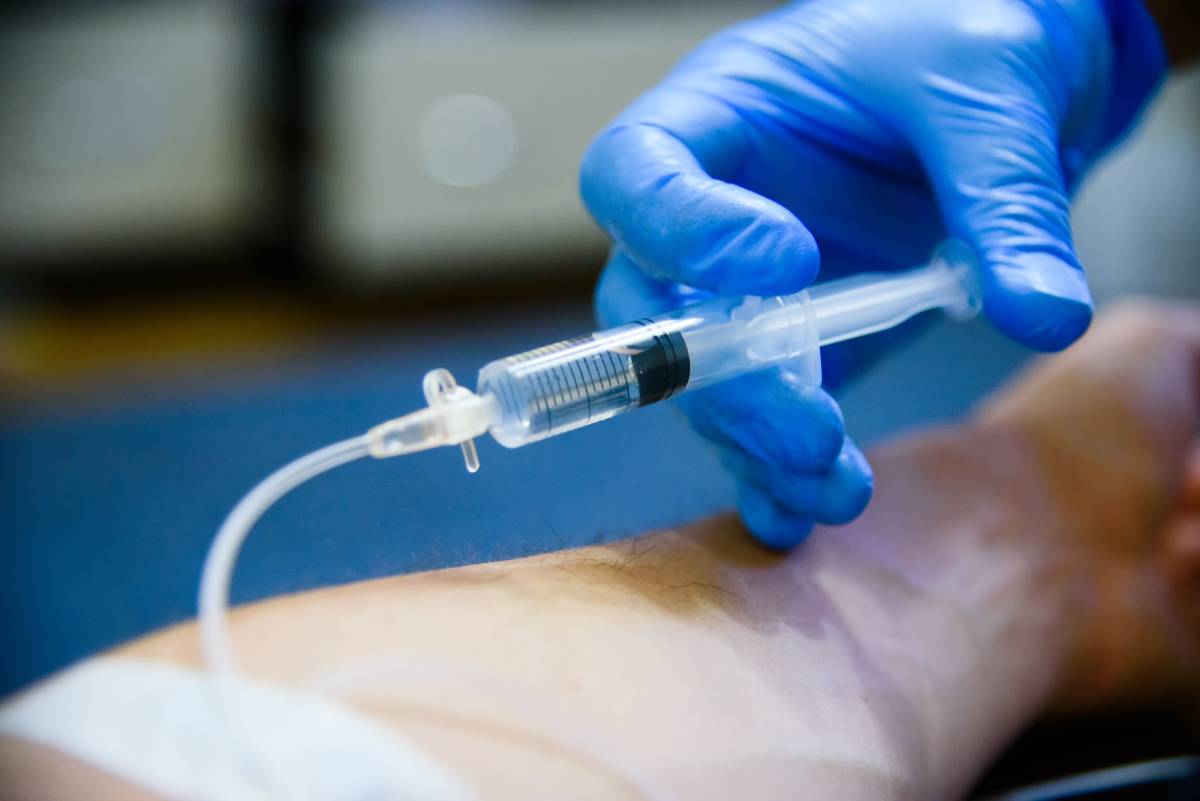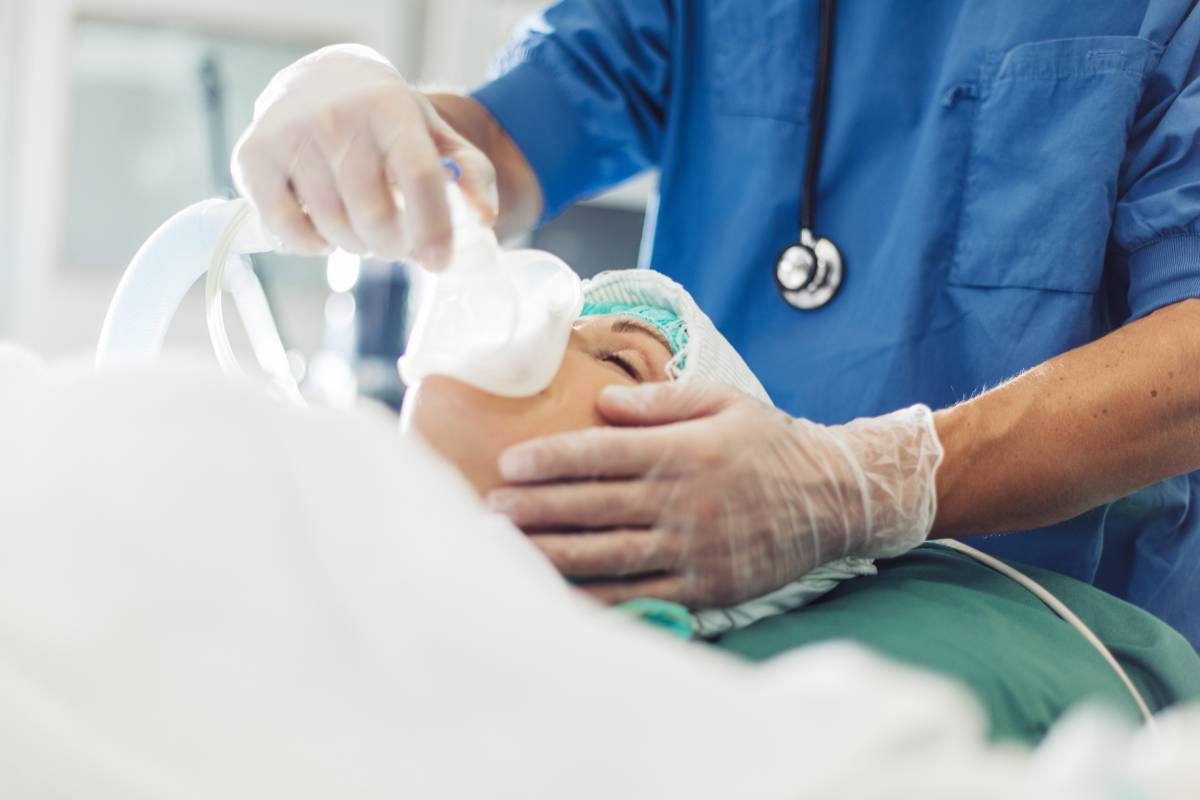In the Post-Anesthesia Care Unit (PACU), patients are closely monitored immediately after their procedure to ensure proper recovery from the physiological effects and stresses of anesthesia and surgery. The clinical priorities in the PACU are to ensure patient safety, stabilize vital signs, manage pain, and treat any complications resulting from anesthesia or surgical procedures. The complexity and unpredictability of the postoperative period requires healthcare providers to be highly vigilant and responsive to the needs of each patient (1).
The airway, breathing, and circulation (ABCs) are the first tier of clinical priorities in the PACU. Because anesthesia can lead to compromised respiratory function, including hypoventilation and airway obstruction, continuous monitoring of oxygen saturation, respiratory rate, and end-tidal CO2 levels are necessary to detect and treat respiratory compromise early. In cases where patients show signs of respiratory distress, interventions such as supplemental oxygen, airway support, or even reintubation may be required (2). The ability to respond quickly to these challenges is critical to preventing serious outcomes such as hypoxia or cardiac arrest.
Pain management remains a cornerstone of PACU care. Postoperative pain, if not adequately controlled, can lead to significant physiologic stress, delayed recovery, and even chronic pain. Multimodal analgesia, which combines different classes of analgesics, is often used to achieve better pain control while minimizing side effects such as respiratory depression, a common problem with opioid use. Effective pain management not only improves patient comfort, but also facilitates earlier mobilization and discharge home (3).
Management of complications, particularly those related to anesthesia, is also among the clinical priorities in the PACU. Common complications include postoperative nausea and vomiting (PONV), shivering, and delayed emergence from anesthesia. PONV can lead to dehydration, electrolyte imbalance, and, in severe cases, aspiration. Prophylactic administration of antiemetics is standard practice to reduce this risk. Shivering, which can increase oxygen consumption and cause discomfort, is often treated with warming blankets or medications such as meperidine. Prompt treatment of these complications optimizes recovery and reduces length of stay in the PACU (1). Prevention of surgical and anesthesia-related complications such as bleeding, infection, and thromboembolism is also critical. Patients at increased risk due to factors such as prolonged surgery or use of anticoagulants require close monitoring. Early recognition of signs such as excessive bleeding or swelling at the surgical site, fever, or signs of deep vein thrombosis is critical. Rapid implementation of appropriate interventions can prevent the progression of these complications, thereby improving patient outcomes (3).
Finally, effective communication and teamwork create success in PACU operations. Given the multidisciplinary nature of perioperative care, clear and concise communication between the surgical team, anesthesiologists, nurses, and other healthcare providers is essential. This ensures that any changes in a patient’s condition are addressed promptly and that there is continuity of care as patients transition from the PACU to other areas of the hospital or are discharged home. Educating patients and their families about postoperative care instructions and potential warning signs is equally important to promote a smooth recovery (1).
In summary, clinical priorities in the PACU revolve around vigilant monitoring, prompt management of complications, effective pain control, and effective communication. These priorities are fundamental to ensuring patient safety and facilitating a smooth transition from the immediate postoperative period to full recovery.
References
- Scott B. Airway management in post anaesthetic care. J Perioper Pract. 2012;22(4):135-138. doi:10.1177/175045891202200407
- Murphy GS, Szokol JW, Marymont JH, et al. Intraoperative acceleromyographic monitoring reduces the risk of residual neuromuscular blockade and adverse respiratory events in the postanesthesia care unit. Anesthesiology. 2008;109(3):389-398. doi:10.1097/ALN.0b013e318182af3b
- Davidson M, Litchfield K. Patient recovery and the post-anaesthesia care unit. Anaesthesia & Intensive Care Medicine. 2021. doi:10.1016/j.mpaic.2021.07.013.

